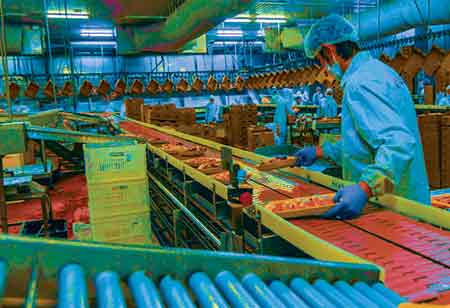Thank you for Subscribing to Food Business Review Weekly Brief
What Is The Potential Of Using Data Analytics In The Food And Beverage Industry?
Consumers expect to have complete consistency in the quality and taste of the food and beverage brands they prefer.

By
Food Business Review | Thursday, March 17, 2022
Stay ahead of the industry with exclusive feature stories on the top companies, expert insights and the latest news delivered straight to your inbox. Subscribe today.

Data analytics can support statistical process control and aid predict the factors that will affect food and beverage quality.
Consumers expect to have complete consistency in the quality and taste of the food and beverage brands they prefer. But numerous factors can influence how a product tastes when it gets to the consumer, varying from the manufacturing process to the seasonal variation of ingredients to store temperatures.
Moreover, numerous other factors might influence the overall quality attributes, like the alcohol content of beer or the whiskey aging process’s stability. Data analytics will allow the food and beverage manufacturers to take more command of their quality parameters.
Multivariate data analysis gives a way to understand which elements will have the most considerable effect on a product throughout the manufacturing and predict these factors’ influence on quality and taste.
Predictive Statistical Process Control
Data analytics can be employed in the food and beverage industry through predictive statistical process control of a batch process, like a batch-founded fermentation process akin to the one used for brewing and distilling. Real-time data monitoring with a prediction engine enables operators to adjust to batch productions as deviations occur.
Predicting Shelf-Life
The quality features of a product can change or degrade over time. Knowing the parameters that might influence a product’s shelf life – in time to make the alterations to counteract them – can save the food and beverage industry manufacturers time and money and prevent product waste.
A beverage’s alcohol content is a vital quality parameter routinely analyzed in the brewing industry. But gauging this quality parameter can be very time-consuming. As a result, beer manufacturers might consider other quality measurements instead, allowing the production process to continue unchecked. In addition, data analytics can determine if new qualitative analysis methods are as effective as traditional methods.






